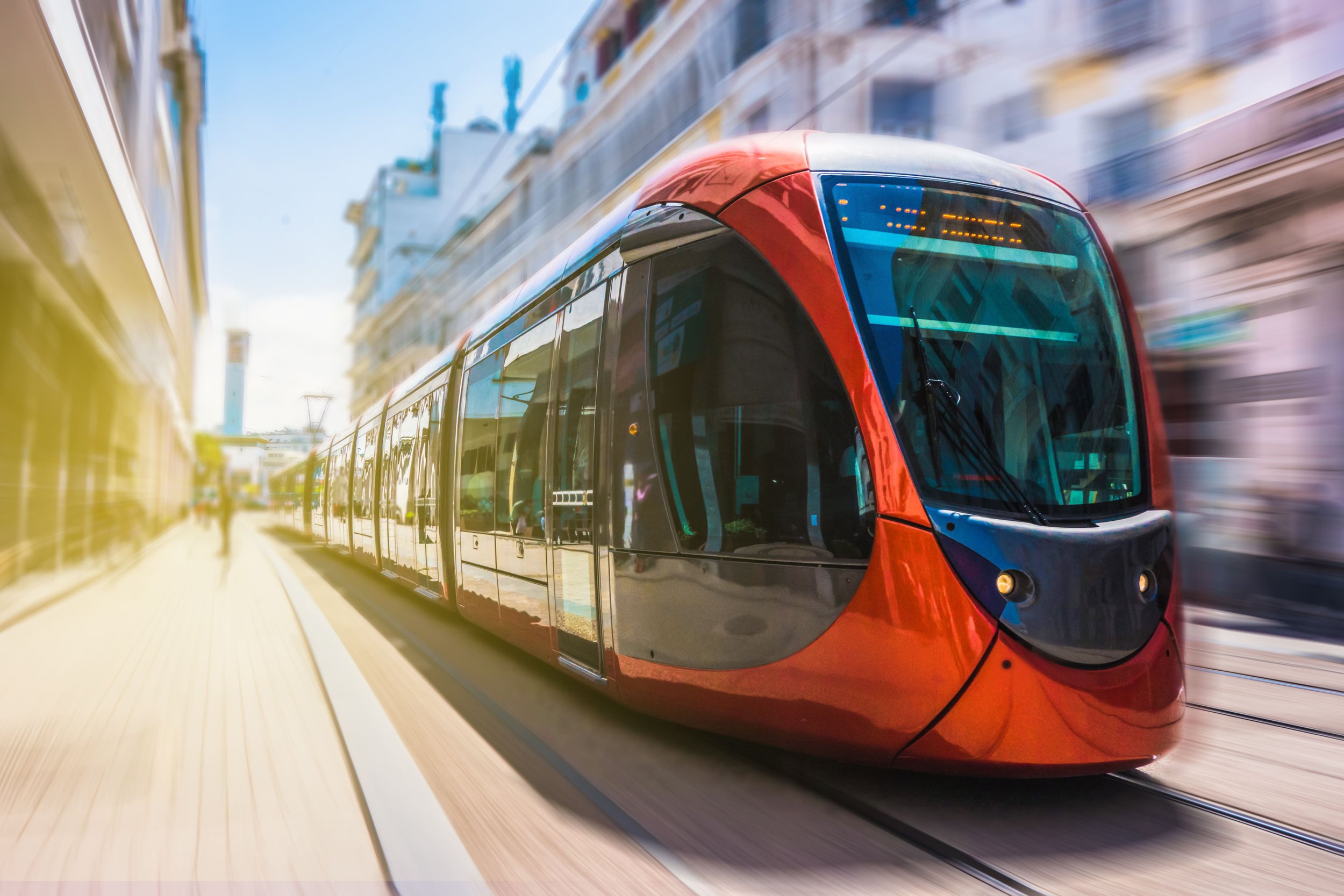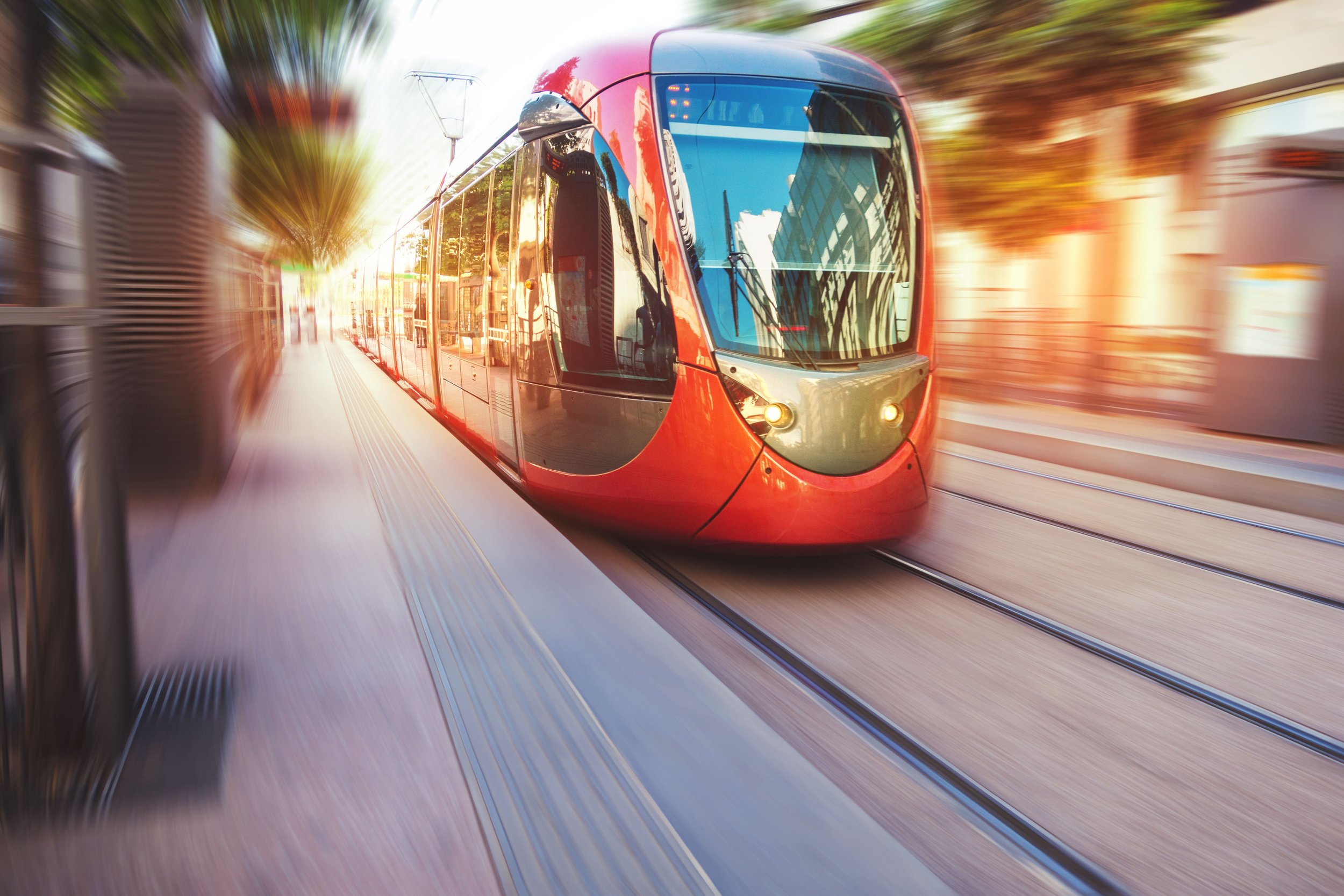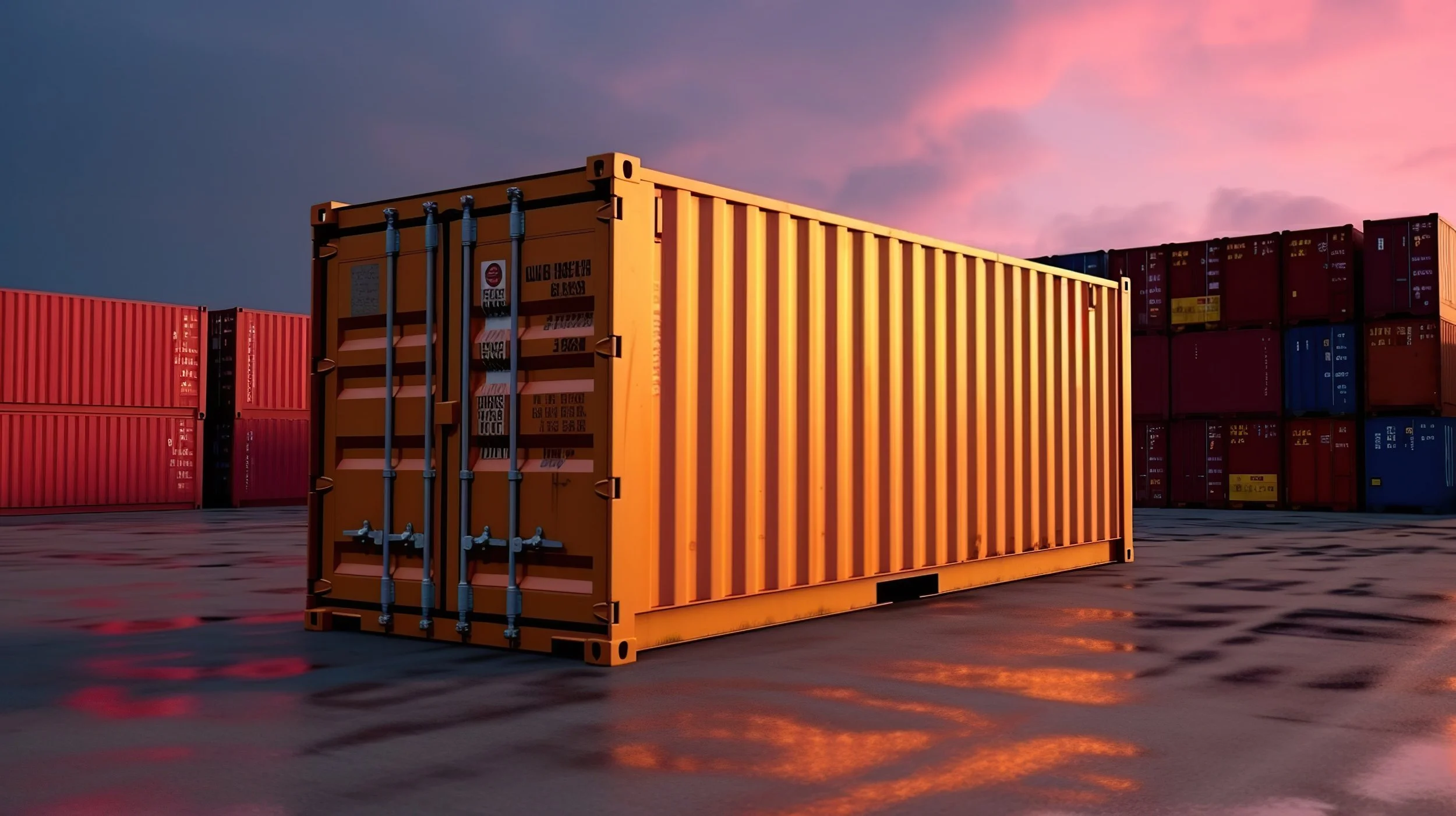
Woodward Light Rail
A new streetcar for Detroit City
Project overview
In 2006, the Detroit Transit Options for Growth Study (DTOGS) was launched to address the challenges of road transportation and a growing population in Detroit.
After years of planning and goal setting, construction began in 2011 under the name "Woodward Light Rail," which includes a streetcar from downtown Detroit, through Woodward to 8 Mile.
The project is expected to cost around 500 million dollars and be completed by 2016.
Stops
The QLine has 12 stations strategically positioned to serve key areas of Detroit:
Congress Street - Near the Campus Martius Park.
Campus Martius - In the heart of the city center.
Grand Circus Park - Close to theaters and entertainment venues.
Foxtown - Next to sports arenas like Comerica Park and Ford Field.
Sproat Street/Adelaide Street - Close to cultural facilities.
Warren Avenue - Serves Wayne State University.
Ferry Street - Near the Detroit Institute of Arts.
Canfield Street - In the busy area of Midtown.
Martin Luther King Jr. Boulevard - connection to large residential areas.
Baltimore Street - Near the New Center.
Amsterdam Street - Close to the Henry Ford Hospital.
Grand Boulevard - The end point in the North End.
The total length of the railroad is 9.3 miles. Due to the length and scope of the project, numerous reports, analyses and evaluations of the impact and effects on the environment had to be carried out before construction could begin.
Today, the Woodward Light Rail has been completed and is operated by M-1 Rail, a non-profit organization that transports millions of people through the streets of Detroit City every year.
Advantages and effects
The Woodward Light Rail has brought numerous benefits to Detroit:
Economic Growth: By improving access to businesses and cultural amenities, the QLine has attracted new investment and spurred new development along Woodward Avenue.
Job creation: The construction and ongoing operation of the streetcar system has created jobs and provided new opportunities for local residents.
Environmental impact: The QLine offers a more environmentally friendly alternative to driving, helps reduce traffic congestion and lowers CO2 emissions in the city.
Improved mobility: The system provides a reliable and efficient transportation option that connects key neighborhoods and makes it easier for residents and visitors to get around Detroit.
NEPA & Legal Requirements
The National Environmental Policy Act and its significance for the project.
The National Environmental Policy Act (NEPA) is a fundamental environmental protection law in the United States that was passed in 1970. NEPA requires that all federal agencies consider and evaluate the environmental impacts of their proposed actions before making decisions.
This is accomplished through the preparation of Environmental Impact Statements (EIS) and Environmental Assessments (EA). As part of the Woodward Light Rail project, the City of Detroit had to comply with NEPA requirements in order to receive federal funding for the project.
This involved carrying out a comprehensive environmental assessment to evaluate the potential impact of the streetcar line on the environment and ensure that appropriate measures are taken to mitigate any negative effects.
FAQs
-
The Woodward Light Rail, also known as the QLine, is a modern streetcar system that runs along Woodward Avenue in Detroit, Michigan. It stretches over 5.3 kilometers and connects downtown Detroit with Midtown and the New Center area.
-
The main objective of the project was to improve urban mobility, reduce traffic and promote economic development along Woodward Avenue.
-
The Woodward Light Rail project was officially completed and put into operation in 2017.
-
The project was financed through a mix of private and public funding, including federal grants, local government contributions and private investment from businesses and philanthropists.
Types of rail vehicles
-

Light Rail
Light rails were designed for the transportation of small crowds. They can be found in large cities and are intended for local transportation.
-

Heavy Rail
Heavy rail - also known as "rapid transit" or "mass rapid transit (MRT)" - is designed to carry large numbers of people and can reach higher speeds than light rail.
-

Intercity Rail
This type of transportation is designed for long-distance transport and, like Heavy Rail, can transport large numbers of people at even higher speeds.

Streetcars & courier transportation
The use of public transportation for the transport of goods.
Particularly against the backdrop of climate change and global warming, companies in the USA, Europe and other continents are facing the challenge of finding new approaches for more environmentally friendly operating solutions.
In the courier and parcel industry, many providers are already relying on electric vehicles to reduce CO2 emissions. However, the complete elimination of motor vehicles for the last mile is also coming ever closer to becoming a reality, for example through the use of bicycle couriers & e-bikes.
Some companies in the logistics sector are now also testing the transportation of goods and parcels by streetcar.
However, it remains to be seen whether this model will bear fruit and become established in practice.




